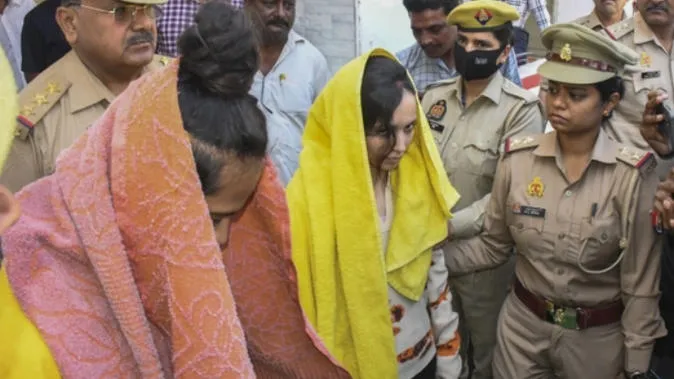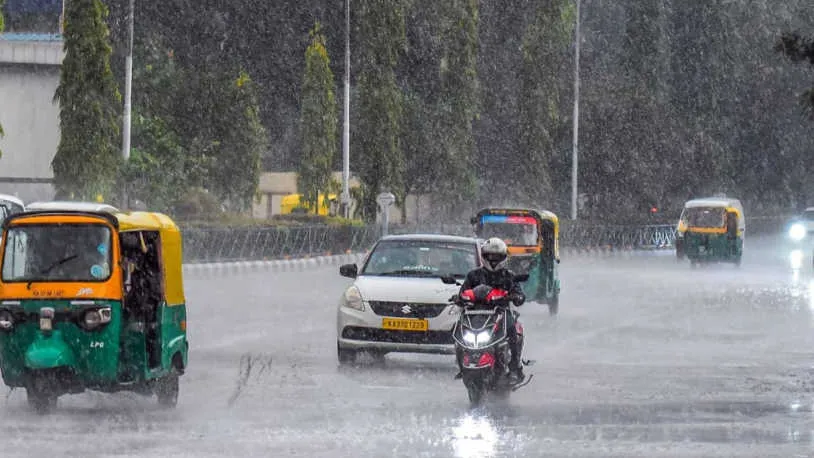The Lok Sabha elections 2024 have concluded with unexpected results, marking a significant shift in India’s political landscape. The Bharatiya Janata Party (BJP) secured 240 seats, falling short of its anticipated majority, while the Colok sabha ngress increased its count to 99 seats, nearly doubling its previous tally from 2019.
Prime Minister Narendra Modi has secured a third term; however, the BJP’s inability to achieve a majority on its own necessitates reliance on coalition partners. The party fell 32 seats short of the 272 majority mark, making the support of JD(U) chief Nitish Kumar and TDP’s Chandrababu Naidu crucial for forming the government. This outcome represents a setback for Modi, who had aimed for a landslide victory with the slogan ‘400 paar’.
The Lok Sabha elections 2024 results reflect a decline in BJP’s support since its sweeping victory in 2014 and its record 303 seats in 2019. The opposition INDIA bloc, buoyed by the Congress’s gains, claimed a moral and political victory, highlighting a rejection of the BJP’s policies.
In Uttar Pradesh, the BJP faced a significant challenge from the INDIA bloc, led by the Samajwadi Party, which won 37 seats, reducing the BJP’s count from 62 in 2019 to 35. Other key results included:
- All India Trinamool Congress (AITC): 29 seats
- Dravida Munnetra Kazhagam (DMK): 22 seats
- Telugu Desam Party (TDP): 16 seats
- Nationalist Congress Party (Sharadchandra Pawar): 7 seats
- Janata Dal (United) – JD(U): 12 seats
- Shiv Sena (Uddhav Balasaheb Thackeray): 9 seats
- Shiv Sena (SHS): 7 seats
- Lok Janshakti Party (Ram Vilas): 5 seats
- Yuvajana Sramika Rythu Congress Party (YSRCP): 4 seats
- Rashtriya Janata Dal (RJD): 4 seats
- Communist Party of India (Marxist) (CPI(M)): 4 seats
Several parties, including the Indian Union Muslim League (IUML), Aam Aadmi Party (AAP), and Jharkhand Mukti Morcha (JMM), each won 3 seats, while others secured 1-2 seats each.
The BJP experienced setbacks in Uttar Pradesh and Rajasthan, struggled in the southern states, and saw limited success in West Bengal. However, it achieved a significant victory in Odisha, winning 20 out of 21 seats, with Congress securing the remaining seat, and the Biju Janata Dal (BJD) failing to win any.
In Bihar, the Congress RID alliance did not gain traction with voters, allowing the NDA alliance to maintain its position.
The election results have reshaped the political dynamics in India, setting the stage for new alliances and strategies. Both the NDA and the INDIA bloc have scheduled meetings to discuss their plans moving forward, reflecting the evolving political landscape.
The BJP’s performance indicates a need for introspection and potential recalibration of its strategies to regain voter confidence. As coalition talks continue, the coming days will be crucial in determining the future direction of India’s governance.





















